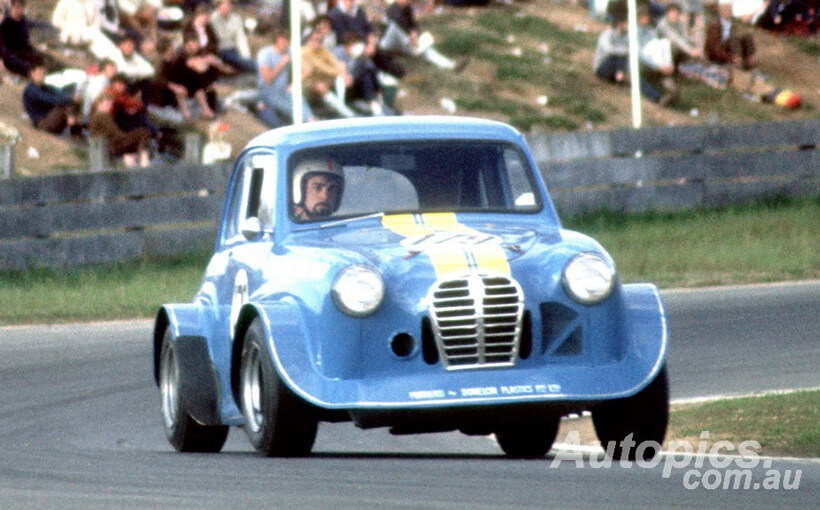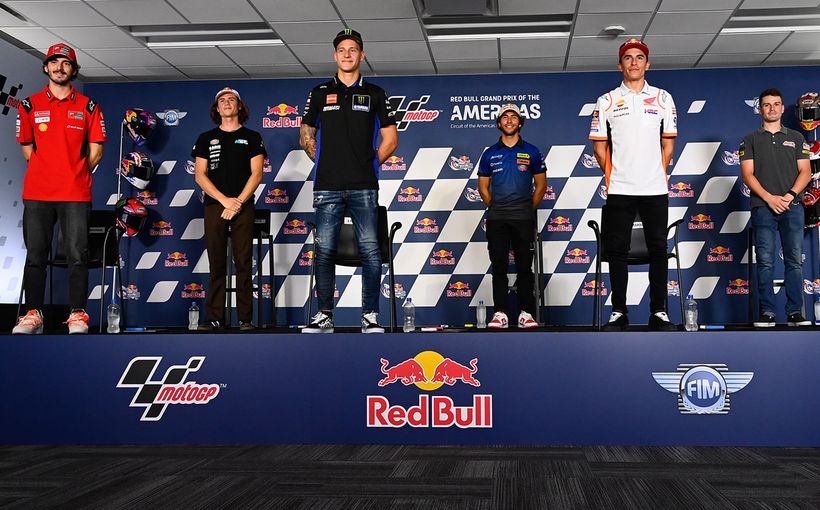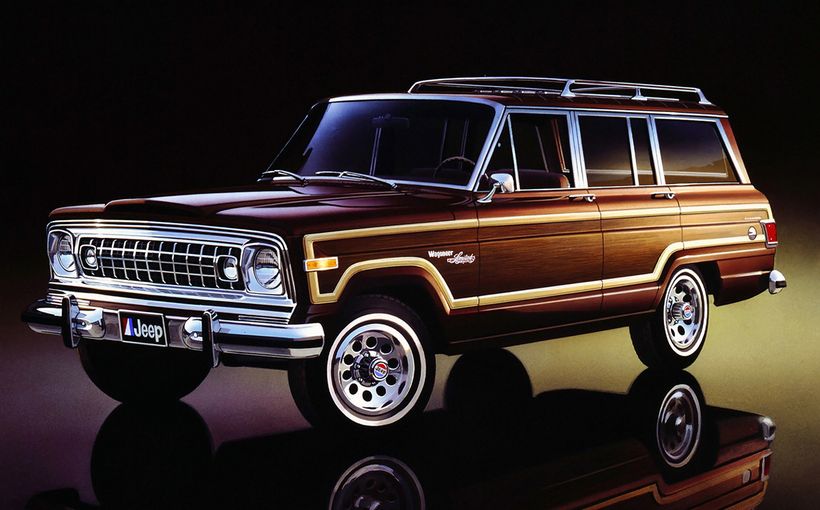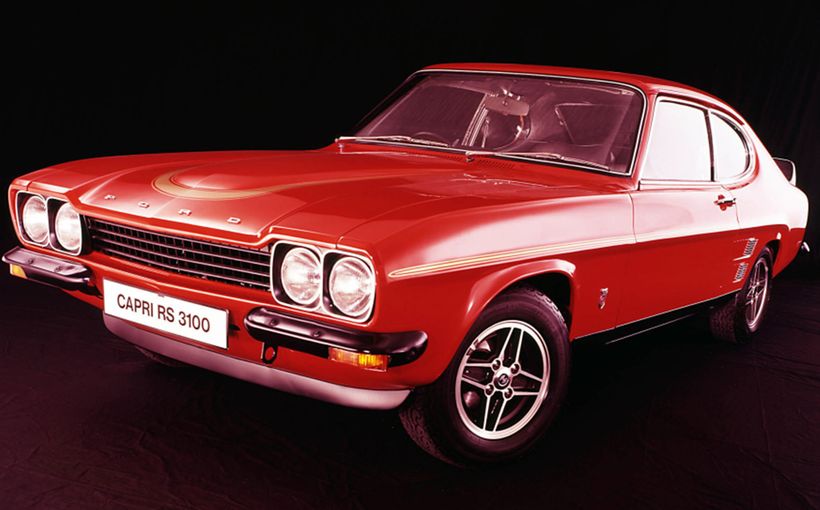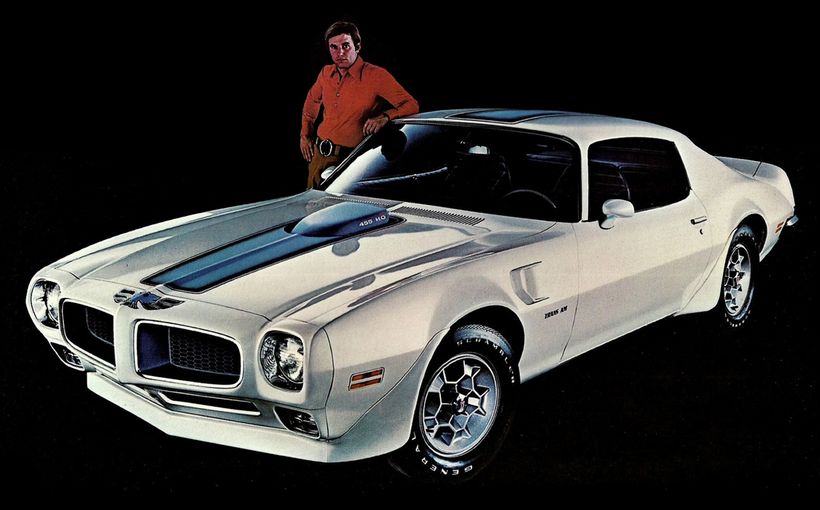Austin A30: the home-made hybrid that exposed Brock’s brilliance

“From the way Peter Brock threw the car around Hume Weir and Oran Park it was expected that driving the car would be a pleasure,” wrote Racing Car News reporter Peter Wherrett after track-testing Brock’s Holden-engined Austin A30 sports sedan at Oran Park, following its sale to top sports car racer Ross Bond. “It always looked to be so neat and tidy – and stable. What a rude shock we were in for – and what new respect we suddenly found for ‘Brocky’.
“When we had our drive Ross had driven the car only once before and never at Oran Park. He pointed out that it had surprised him with its apparent lack of stability. Which came as something of a shock – but not nearly so great as the one we discovered for ourselves when we were let loose on the track.
“In the middle of the corner the car seemed to lurch. There was a decided lack of stability, controllable only by immediate application of power, which then put the car into immediate oversteer. Twitchy in the extreme.
“I left the scene wondering about Peter Brock. Usually I find it possible to at least come to grips with a test car – to understand its basic characteristics and to appreciate why it goes as well as it does. In this case, not so. One thing certain – he has more talent than we are often prepared to give credit for – and a very big heart.”

That track test, published in the March 1970 issue of RCN, was a pivotal moment in Peter Brock’s career. Wherrett, who would later also achieve national fame as host of the ABC’s Torque TV show, was a versatile and competent racer in his own right. And the car’s new owner Ross Bond was the local Marque Sports Cars benchmark in his ‘big’ Healey 3000.
Yet both drivers were clearly spooked by the Austin’s knife-edge handling. Indeed, a perplexed Ross Bond, after a charmed career in thoroughbred sports cars, never came to grips with the rough-as-guts home-built special. Months later it was destroyed in a seemingly inevitable crash, which only served to highlight Brock’s magical touch.
Another pivotal moment for Brock had occurred the previous year, when Holden Dealer Team boss Harry Firth paired him with veteran Holden racer Des West in one of three HDT Monaro GTS 350s for the Bathurst 500. Brock repaid the faith with a disciplined drive to third place, after which Firth praised the rookie’s ability to combine competitive lap times with mechanical sympathy.
So, by early 1970, Brock’s career was headed for the stratosphere, headlined by nine Bathurst wins, nine Sandown 400 victories, three Australian Touring Car Championships and the Repco Round-Australia Trial - all in Holdens. However, it would never have happened if not for the home-made Austin A30 which allowed his unique talent to shine through.

Wrecking yards, chook sheds and arc welders
In his early teens, Peter Brock would often travel by pushbike from his family home at Wattle Glen near Hurstbridge (in the Shire of Diamond Valley on Melbourne’s north-east outskirts) to the Templestowe hill-climb, because it was the only motor sport meeting within realistic riding distance. Brock was intrigued by cars and competition from an early age, having attended race meetings with his father Geoff who at one stage had worked for the local Austin distributor when Healey sports cars were being raced.
Given his dad’s automotive interests and living on acreage, it was inevitable that young Peter would also start tinkering with cars before he was old enough to get his driver’s licence. His infamous Austin 7 paddock-basher, with its bare chassis and no brakes, provided Brock’s first experiences behind the wheel.
In his excellent biography ‘Brocky’ penned by Peter’s long-time friend and ghost writer David Hassall, the significance of this crude device in his career becomes apparent.
“Peter’s fondest memory of that car was from 1960, when he was 15 years old. The first Armstrong 500 – the forerunner of the James Hardie 1000 – was being shown on television live from Phillip Island. Throughout the day he would go outside, fire up the old Austin and go thrashing up the road that led to the house, hurling the awkward-looking machine through a corner at the gate as if he were in the race itself.”

By the time Brock was 18 and armed with a driver’s licence and a 48-215 Holden, he and a bunch of petrolhead mates were regularly spectating at race meetings all over Victoria, where they cheered on their heroes Norm Beechey and Bob Jane.
In those days Brock and his mates also had no trouble getting access to some of the regional circuits to conduct private practice sessions in their road cars, because these tracks were generally in remote locations with no-one around when there were no race meetings on.
Brock always set the fastest times and his mates could see he was talented. They encouraged him to build a car and start racing for real, but he soon had to put any racing plans on hold after being called up for National Service in 1965 when he was 20.
This compulsory two years of Army training saw him posted to Wagga Wagga in southern NSW. However, as some of his racing-mad mates including Ken Mitchell were also posted there, they started spectating at NSW meetings including Warwick Farm, Catalina Park – and Bathurst.
Brock’s first visit to the mountain he would later make his own was for the 1966 Gallaher 500. He was in awe of the place, which only made him more determined to see what racing was like on the other side of the fence. His race car concept was based on the hot-rodding tradition of shoehorning a large engine into a small car.

“After tripping around numerous wreckers’ yards in both Wagga Wagga and Melbourne, Peter and Ken finally bought an Austin A30 body shell. Peter had seen A30s race before, liked their ungainly looks and perhaps felt an empathy for the marque in light of his father’s earlier involvement,” Hassall explained.
“The class they were aiming at was Sports Racing Closed – a forerunner to the later Sports Sedan category -which allowed enormous freedoms and which was dominated by chopped and channelled lightweight Minis. The A30 would be light and, they hoped, powerful.
“The 179 engine came from a wrecked HD Holden that had only 12,000 miles (19,000km) on it. The shell was a complete wreck but the engine, gearbox and rear-end were perfect and Peter knew it was a bargain for only $450. Completing an outlay of around $600, they then bought a smashed Triumph Herald frame as a source of cheap square-section tubing.
“Money was still tight, but Peter figured that this new class would not be as expensive as the Holdens (early model Holden racing) due to the lower degree of sophistication. To begin with, they would rely on drum brakes, a standard engine and Polyglas tyres (used ones, of course).”

Although he was frustrated by others progressing their racing careers while he was stuck doing National Service, Peter put the remainder of his posting to good use in the early stages of the A30’s construction.
By that stage he’d been put in charge of a Regimental Aid Post (RAP) in Kapooka, which doubled as a race track for military ambulances (!) and make-do mechanical workshop, where Brock and his ‘nasho’ mates worked on the Austin.
After being discharged from the Army in mid-1967, the A30’s build was completed in a disused chook shed at the back of the Brock family home in Wattle Glen. With its rough floor and freezing winter temperatures, the old hen-house was far from an ideal workspace, but sufficient to get the job done.

Given that Peter and Ken were learning as they went along, including using an arc welder for the first time, it was a remarkable feat of home-grown engineering. Adapting the Triumph Herald’s front suspension and the HD’s banjo rear axle resulted in the widened steel wheels sitting well outside the tiny Austin’s body, requiring crude fiberglass wheel arch flares to shroud them.
Fitting the HD’s 179cid inline six also required cutting a big hole in the A30’s firewall (using the arc welder set at high amps), so that the engine sat behind the front axle line with the rear half inside the cabin next to the driver. This mid-engine layout required the pedals to be moved to the right for clearance, creating an awkward off-set with the steering wheel.
The HD’s venerable three-speed gearbox was replaced with Holden’s Opel-sourced four-speed from an HR Holden, shifted via a long dogleg-shaped gearstick. The gearbox and rear half of the engine sat beneath a removable fiberglass cover and the loss of chassis rigidity caused by the firewall surgery was restored (well, theoretically anyway) by some additional arc-welded bracing. Yeah, the A30 was pretty agricultural, but no different to many of its rivals in a class tailor-made for cash-strapped competitors like Brock.

The 22-year-old had his first race in the Austin at Winton in late 1967 but it failed to finish due to a fuel problem. However, that glitch and other issues were soon sorted and after a few meetings the wild-looking A30 was not only reliable but increasingly fast with the goatee-beaded Brock at the controls.
With triple 2.0-inch SU carburettors, six-branch exhaust extractors and other tweaks, the engine power increased over time to around 200bhp (149kW), which in a car weighing only 1560 pounds (700kg) gave it a competitive power to weight ratio of 4.7kg/kW.
Its unpredictable handling was only partly tamed, though. The little beast was almost as wide as it was long. As a result, it lacked directional stability, which made it very twitchy and prone to swap ends at high speeds. However, for such a smooth and gifted driver, this knife-edge response could obviously be used to good effect.
In 1968 people started to take notice of Brock as he secured a class victory in the Australian Hillclimb Championship at Templestowe. More often than not he also beat the Mini hordes, gaining the upper hand on BMC stars like John Leffler, Don Holland, Lakis Manticas, Gary Cooke – and Lynn Brown. The latter would provide another benchmark against which Brock’s raw talent could be measured.

Brock and his A30 were attracting the right kind of attention (well, mostly) as they rolled into 1969. However, the burgeoning Sports Racing Closed category, with its plethora of home-built wrecking yard specials, was still being sneered at by those with an elitist view of the sport, as Hassall explained:
“In February 1969 Peter took the A30 to Sandown and quite a few eyebrows were raised by the Light Car Club of Australia officials, who were now used to having Ferraris and Maseratis at their track rather than locally-made specials. One of the scrutineers told Peter quite bluntly that he thought the car was dangerous, a disgrace and should not have been racing.
“After the meeting, the car was sent to the Auburn premises of Firth Motors for a thorough inspection. A few minor items were pointed out, but the car was otherwise given a clean bill of health and was said to be structurally sound – much to the disgust of the high-handed Sandown scrutineer.”

Interesting to note that the A30 was sent to Firth Motors at that time, which may well have been Brock’s first contact with proprietor Harry Firth when he was still on Ford’s payroll as its contracted race and rally tuner.
However, within months Firth was replaced by American Al Turner at Ford before being quickly nabbed by Holden’s sales and marketing boss John Bagshaw to head up the new Holden Dealer Team. So, if not for that historic twist of fate, Brock could well have ended up as a Ford works driver!
His most significant win in the A30 was at Hume Weir in June 1969, in what was intended to be called the ‘Australian Sports Sedan Championship’ to herald the category’s name change from Sports Racing Closed. However, governing body CAMS refused to sanction anything as prestigious as a ‘championship’ for these hill-billy hot-rods, so the event’s title was downgraded to ‘trophy’ instead.

Even so, it was the biggest race of the year for these cars and attracted a bumper entry, with Brock’s A30 and Lynn Brown’s lightweight Mini tipped as early favourites. They certainly didn’t disappoint the bookies either. Brock just pipped Brown for pole position before both drivers won their respective heats, putting them on the front row for the all-important 20-lap final.
Brock made the better start but the Mini was all over the Austin as the leading pair quickly ran away from the pack. They both smashed the A30’s lap record by a second in their fight for the lead, with Brock showing great maturity in withstanding immense pressure from Brown until well past half distance.
However, the crowd was denied a thrilling finish when Brown’s Mini blew a tyre, leaving the 24-year-old Brock with an easy run to the chequered flag and the biggest win of his career to that point. An unexpected offer of a Bathurst drive with HDT would soon follow.

Hassall: “That race suddenly made people take notice of the category as a whole and Peter Brock in particular. The promoters of Oran Park Raceway on the outskirts of Sydney were quick to see the drawing potential and began paying Peter $100 start money for renewals of the many clashes he had already had with Brown.
“The Hume Weir victory, however, had given Peter even greater confidence in his ability to race with the best and withstand pressure and Brown never really headed the wild machine again. Brown was enormously impressed with the newcomer’s driving, though, and thoroughly enjoyed their battles.”
As mentioned at the start of this story, the car was sold to Ross Bond in early 1970 leaving Brock to concentrate on his new commitments as a bonefide but probationary factory driver for the Holden Dealer Team.

However, in his last drive of the A30 before Ross Bond took delivery of the car, Brock was clearly determined to part with his Austin on a high. At an Oran Park night meeting in January 1970, he again lowered his own lap record with a staggering time of 50.0 seconds, which wasn’t far off the best improved touring cars of the era like the Geoghegan and Moffat Mustangs.
“For Peter, though, the little A30 had served its purpose in teaching him about building and driving. It had also been extremely successful. Peter attended 65 meetings with the car and won an astounding 102 races with it,” Hassall concluded.
“Perhaps most importantly, though, that ungainly-looking car brought Peter to the attention of a man who would have an enormous influence on his rise to fame…Harry Firth.”

